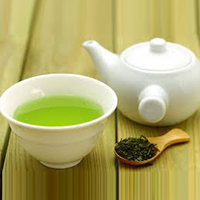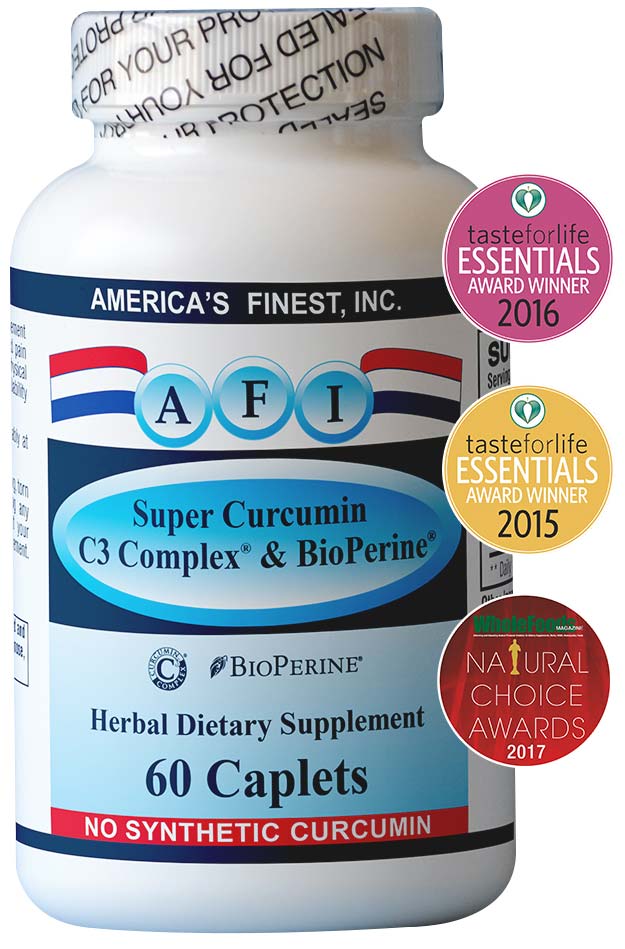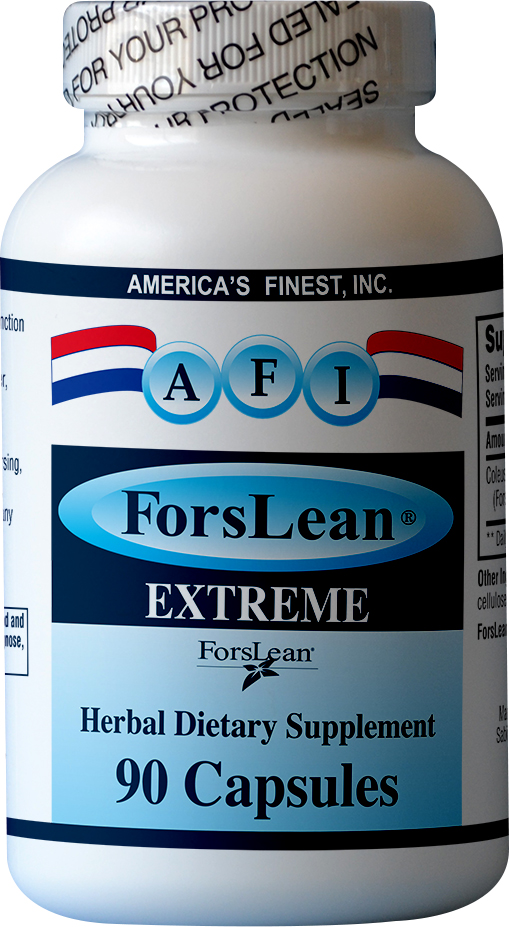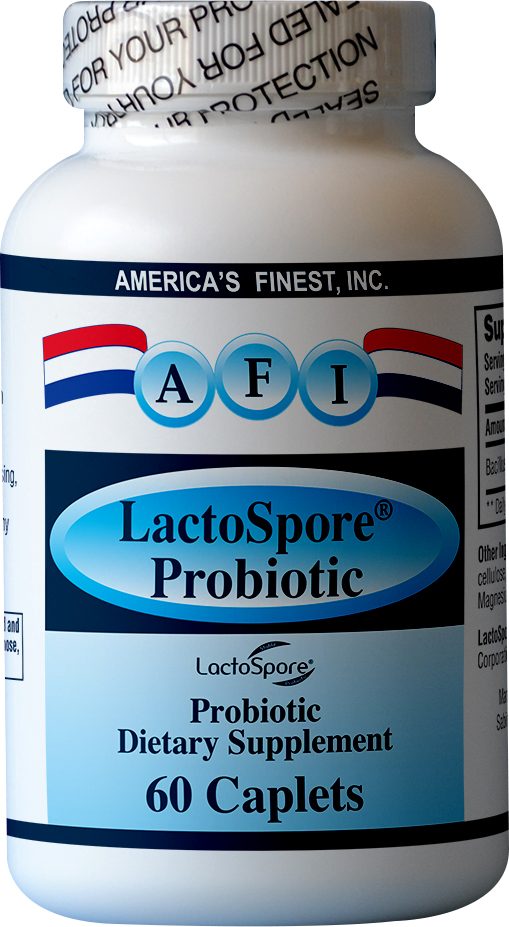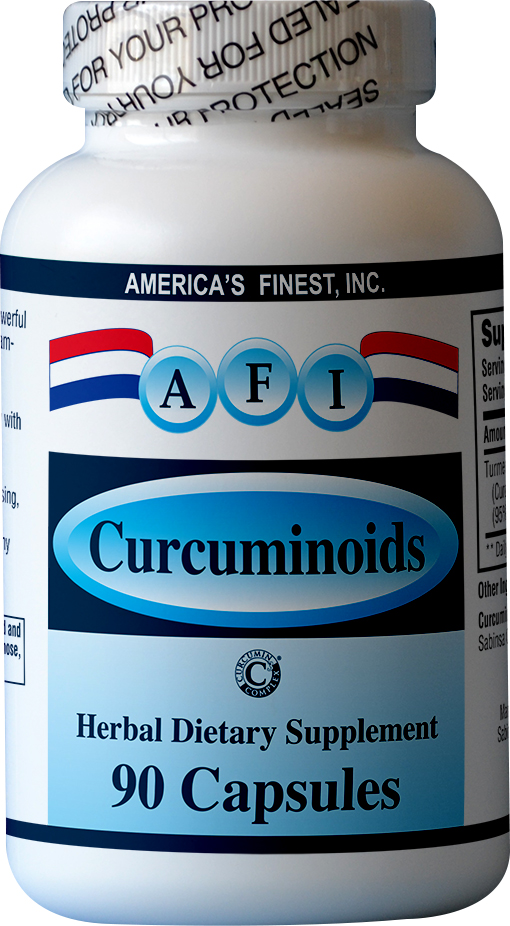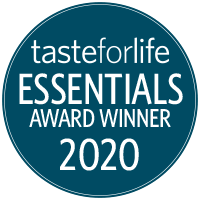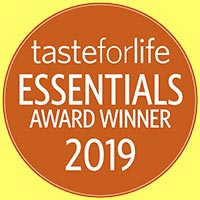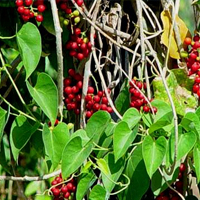Glucosamine For Therapeutic Use, Mainly as an Antiarthritic Agent
Glucosamine (chemically 2-amino-2-deoxyglucose), commonly known as chitosamine is currrently recognized as a safe and effective antiarthritic agent1. It is found in mucopolysaccharides and mucoproteins, which form the frame work of vertebrate connective tissues. It occurs extensively as chitin in the exoskeleton of invertebrates, including arthropods and marine organisms. Microbes such as yeast and other fungi also contain chitin. Chitin is a biopolymer made up of units of N-acetyl-glucosamine. Glucosamine can be isolated from chitin or prepared synthetically. For pharmaceutical use as an antiarthritic agent, glucosamine is supplied in the form of products such as glucosamine sulfate.
Glucosamine sulfate is the preferred form of glucosamine for therapeutic use, mainly as an antiarthritic agent. It is an effective means of providing glucosamine orally, as a building block for the regeneration of cartilage glycosaminoglycans, lost during the progression of osteoarthritis.
Chemistry of glucosamine sulfate:
Each unit of glucosamine sulfate contains two molecules of glucosamine as below:
In vivo, glucosamine sulfate breaks down into glucosamine and sulfate ions.
Pharmacological action:
Cartilage glycosaminoglycans are formed from glucosamine. Glucosamine is biochemically generated in the body from fructose-6-phosphate, a product of glycolysis. The glucosamine formed is converted to galactosamine, which is then incorporated into glycosaminoglycans and glycoproteins, the building blocks of cartilage tissue.
During the progression of osteoarthritis, there is substantial degeneration of cartilage glycosaminoglycans. The availability of glucosamine, a critical intermediate in the synthesis of mucopolysaccharides in cartilage tissue, is rate limiting for proteoglycan production. Glucosamine administration could therefore be expected to induce the formation of glycosaminoglycans, thereby restoring the depleted glycosaminoglycans and proteoglycans. The anti-inflammatory activity of glucosamine sulfate have also been reported by several researchers. The following effects of glucosamine sulfate have been proven in several detailed studies:
- Biosynthesis of glycosaminoglycans
- Stimulation of the synthesis of proteoglycans
- Antireactive action
Preclinical studies:
Preclinical studies were directed at understanding the mechanism of action of glucosamine sulfate as an antiarthritic agent and its safety during subacute or chronic administration.
- The antireactive properties were studied in rats and mice. Inflammation was induced in these animal models with several non specific agents (carrageenin, dextran, formalin and acetic acid) and specific agents (serotonin, bradykinin and histamine). The spectrum of activity was shown to be restricted to the inflammatory processes provoked by non specific agents.
- Glucosamine was shown to have no analgesic activity but was able to reduce the generation of superoxide radicals by macrophages and inhibit lysosomal enzymes.
The antiarthritic effects of glucosamine sulfate are best described as being linked to its antireactive properties. The mechanism of action is therefore thought to be different from that of conventional non steroidal antiinflamatory drugs. Unlike conventional NSAIDs, Glucosamine sulfate acts by stimulating the synthesis of proteoglycans which stabilize the cell membranes and the intercellular substance. In view of this mechanism of action, glucosamine sulfate can be said to have antireactive rather than antiinflammatory properties. Glucosamine sulfate has cyclooxygenase-independent antireactive properties and no analgesic action.
The comparative protective effects of glucosamine sulfate and indomethacin are shown in Table 1:
Table 1 : Inhibitory concentrations on mediators of inflammation (concentrations able to inhibit the investigated mediator by 25% (IC25) or by 50% (IC50) 1
Model |
Glucosamine sulfateIC (mmol/l) |
IndomethacinIC (mmol/l) |
| Rat : proteolytic enzymes in inflamed paw | IC25 > 3 | IC25 0.33 |
| Rat : lysosomal enzymes of
the liver |
IC25 3 | IC25 0.27 |
| Superoxide generation | IC25 > 3 | IC25 0.07 |
| Inhibition of prostaglandin synthesis
¾ Stimulated by arachidonic acid |
IC50 > 660 | IC50 0.50 |
| ¾ Stimulated by histamine | IC50 > 660 | IC50 0.53 |
From the above table, it may seem that glucosamine sulfate shows a very low potency as compared to indometacin. However, glucosamine sulfate has very low toxicity making it more suitable for long term administration. The LD50 values for oral administration of glucosamine sulfate, indometacin and acetyl salicylic acid are shown in Table 2:
Table 2 : LD50 values by oral route
| Substance | LD50 values (mg/kg) by oral route | |
| Rat | Mouse | |
| Glucosamine | > 8000 | > 8000 |
| Indometacin | 12.3 | 12.8 |
| Acetyl salicylic acid | 1435 | 1050 |
The antireactive activity of glucosamine sulfate was tested in rats8 with experimental models such as:
a) sponge granuloma and croton oil induced granuloma (subacute inflammation)
b) kaolin arthritis (subacute mechanical arthritis)
c) Immunological reactive arthritis
d) Generalized inflammation (adjuvant arthritis)
Glucosamine sulfate was found to be effective in oral daily doses of 50 to 800 mg/kg. The potency of glucosamine sulfate in comparison with that of indometacin in the same tests was found to be 50-300 times lower. However, toxicity of indometacin in chronic toxicity experiments was found to be 1000 to 4000 times larger. The therapeutic margin with regard to prolonged treaments required for inflammatory disorders results 10-30 times more favorable for glucosamine sulfate than for indometacin. Based on these observations in animal models, glucosamine sulfate is evidently the drug of choice for prolonged treatment of inflammatory disorders8.
Additionally, the anti-viral properties and anti-cancer properties of glucosamine have been investigated and its inhibitory effects on a carcinoma have been demonstrated5. Currently, however, the focus is on the use of glucosamine sulfate in the management of rheumatic disorders.
Clinical studies:
- In one of the early double blind placebo controlled clinical studies , 80 patients found significant pain relief and improved motility with a daily dose of 1.5 g of glucosamine for 30 days. Histological examinations in these patients revealed restoration of healthy cartilage after treatment, lending credence to the fact that glucosamine sulfate helps build cartilage tissue7.
- A number of independent double blind studies performed over the last fifteen years indicate that glucosamine sulfate may be superior to some non-steroidal antiinflammatory drugs and placebos in the treatment of osteoarthritis5.
- Intramuscular glucosamine sulfate was found to be effective with negligible side effects in the treatment of osteoarthritis of the knee, in a randomized placebo-controlled double blind study2. The results of this study are summarized in Figure 1. The Lequesne index is a measure of the severity of the symptoms of osteoarthritis. A significant (p < 0.05) decrease in the index was observed for glucosamine sulfate as compared to placebo.
| EFFICACY OF GLUCOSAMINE SULFATE (INTRAMUSCULAR, 400 mg, twice a week for six weeks) IN THE TREATMENT OF OSTEOARTHRITIS OF THE KNEE AS COMPARED TO PLACEBO |
- Other similar studies revealed improved joint functions and reduced pain in patients treated with glucosamine as compared with those treated with a placebo7.
- One study compared the effects of glucosamine and ibuprofen in patients suffering from osteoarthritis of the knee. A 1.5 g oral daily dose of glucosamine for eight weeks was more effective than ibuprofen in reducing pain6.
Rationale behind the preferential use of Glucosamine sulfate over Glucosamine hydrochloride:
- Glucosamine sulfate occurs naturally in the human body and is almost devoid of toxicity, making it suitable for long term clinical use1.
- The chondrometabolic, antireactive and antiarthritic properties of this form have been investigated extensively and are supported by controlled clinical trials2.
- Pharmacokinetic studies revealed that close to 90% of orally administered glucosamine sulfate is absorbed3.
- Glucosamine sulfate, in vivo, breaks down into glucosamine and sulfate ions. Glucosamine hydrochloride, on the other hand, breaks down into glucosamine and free hydrochloric acid. The acid would increase gastric acidity and produce the associated disturbances in vivo.
- The sulfate ions produced from glucosamine sulfate, on the other hand, participate in chondrometabolic processes. They influence the incorporation of glucosamine and sulfate into the tissues. In a study with gastric mucosal segments, a sulfate content of 300 mmole was found to induce maximum incorporation4. Chlorate was found to inhibit glycosylation and induce the formation of low molecular weight mucin polymer both undesirable and negative effects for the effectiveness of administered glucosamine. The results of this study revealed that sulfate availability is essential for the formation of high molecular weight mucin polymer. The presence of sulfate ion would therefore enhance the antiarthritic properties of glucosamine.
References:
- Rovati, L.C., (1992) Antireactive properties of chondroprotective drugs. Int. J. Tissue Reactions, 14(5): 253-261.
- Reichelt.A. et al. (1994). Efficacy and safety of intramuscular glucosamine sulfate in osteoarthritis of the knee, a randomised, placebo-controlled double blind study. Arzneim -Forsch Drug Res. 44(I), No. 1, 75-80.
- Setnikar, I. et al. (1993). Pharmacokinetics of glucosamine in man. Arzneim -Forsch Drug Res. 43(II), No. 10, 1109-1113.
- Liau, Y.H. et al. (1992). Role of sulfation in post-translational processing of gastric mucins. Int. J. Biochem. 24(7), 1023-1028.
- November 1996. The review of natural products – Monograph on Glucosamine
- Vajaradul, Y. (1981). Clin. Ther., 3(5), 336-43.
- Drovanti, A. et al. (1980), Therapeutic activity of oral Glucosamine sulfate in osteoarthrosis: A placebo-controlled double-blind investigation, Clin. Ther. 3(4), 260-72.
- Setnikar, M.A. et al. (1991) Antiarthritic effects of glucosamine sulfate studied in animal models. Arzneim -Forsch Drug Res. 41(I), No. 5, 542-545.


